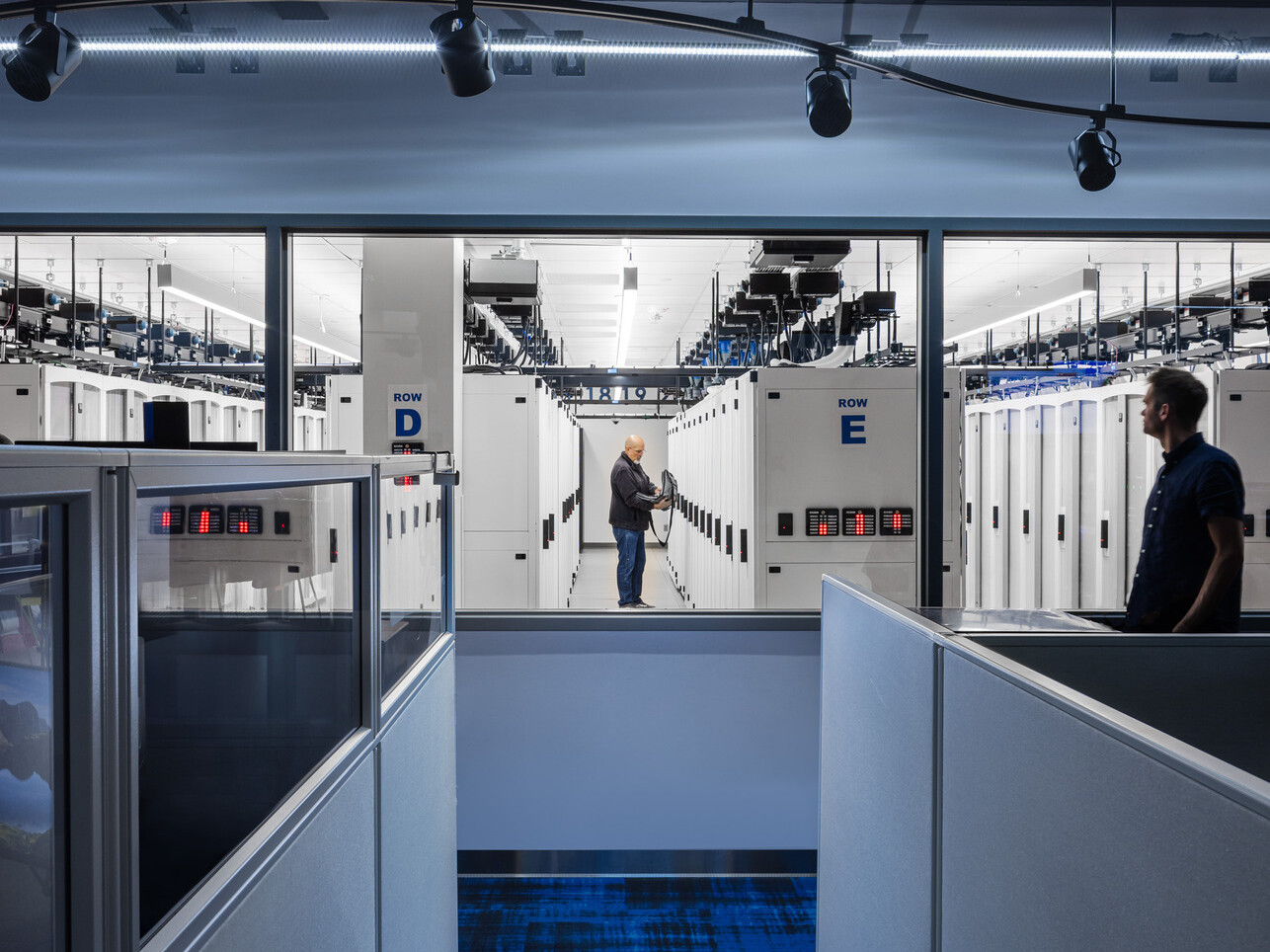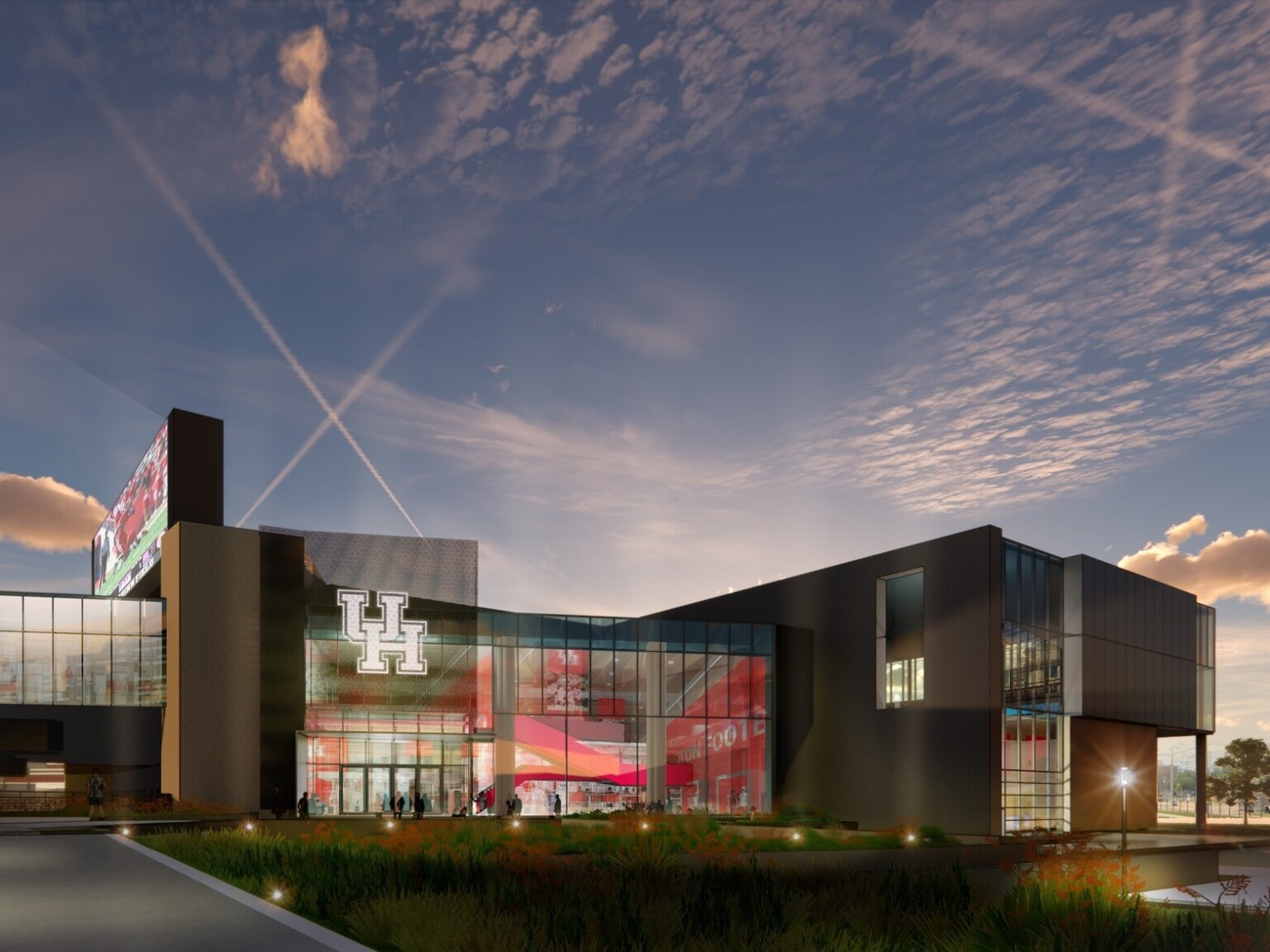
Carbon 101: A Beginner’s Guide to Carbon and Climate Change
Connecting Carbon, Climate, and Buildings
When carbon is released into the atmosphere, it builds up and traps heat from the sun like a greenhouse. That’s why carbon is called a greenhouse gas. Greenhouse gas emissions are the biggest cause of global warming, and 79% of them come from carbon. Scientists agree that reducing carbon emissions – or decarbonization – is critical to reducing the impacts of climate change. But what does this have to do with construction? A lot! Since buildings are the second-largest source of human-produced carbon emissions, they play an important part in fighting climate change.
Embodied or Operational?
When it comes to buildings, there are essentially two types of carbon: embodied and operational.
Embodied Carbon
This refers to carbon emissions from making a building. Think of it as energy used during material production and transportation – like making wood studs from trees or delivering concrete to a construction site in a truck.
Operational Carbon
This refers to carbon emissions from using a building. Think of it as energy use to run the building – like an apartment building’s air conditioning system, or an office with people working at computers. If operational carbon is reduced to zero, a building is considered net zero energy.
However, a net zero energy building could still have a lot of embodied carbon. Total carbon is an approach that adds up both embodied and operational carbon across a campus, site, building, or interior space’s total expected lifetime. If total carbon is reduced to zero, a building is considered carbon neutral. That means it goes beyond net zero energy, with zero carbon emissions across design, construction, and operation.
Carbon Scopes
You may have also heard the term carbon scopes. While it’s related to the two types of carbon, it’s more so a framework for measuring and managing carbon emissions. Carbon scopes came into the spotlight when the Securities and Exchange Commission proposed a requirement for public companies to disclose carbon emissions by 2024 using three carbon scope categories.
- Burn: Scope 1 emissions come from a company’s owned physical assets. Think a building heated by burning wood or a fleet of owned trucks burning diesel fuel.
- Buy: Scope 2 emissions come from the generation of electricity, heat, or steam that a company purchases. Think electricity purchased from a utility company, or steam purchased from a district utility plant.
- Beyond: Scope 3 emissions are an “everything else” catchall. It includes 15 carbon contributors beyond a company’s walls, both upstream and downstream. Examples include emissions from business travel and commuting, and emissions from the use and disposal of any products the company produces.
Buildings’ operational carbon can be scope 1 or scope 2 depending on if it is burned or bought. Buildings’ embodied carbon may be included in scope 3 tracking and reporting.
A Common Understanding for Change
It’s easier to tackle a big problem with a shared understanding. Now that you’re a pro on the types of carbon and why carbon reduction is important for tackling climate change, you’re probably wondering what moves have the biggest impact in building decarbonization?
In Carbon 201, we get a little more technical and hear architects, interior designers, and engineers go-to tactics for total carbon reduction.
Read more about our commitments to decarbonization here and how the science comes to life in our projects here.










